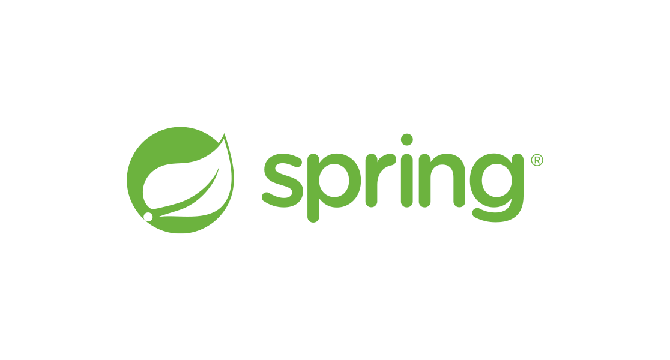Spring
1M
379

Image Credit: Spring
MCP Authorization in practice with Spring AI and OAuth2
- The article discusses how to implement OAuth2 authorization in Spring AI MCP Servers by using standalone Authorization Servers.
- The latest revision of the MCP Security specification simplifies the process by allowing external Authorization Servers to issue access tokens to MCP Servers.
- The blog post goes through securing the MCP Server by adding OAuth2 support using Spring Boot and Spring Security.
- Configurations for making the MCP Server an OAuth2 Resource Server are outlined, including setting the issuer URI of the Authorization Server.
- To build an OAuth2 Authorization Server, dependencies are specified, and configuration settings in application.yml are provided.
- For setting up an MCP client, additional security considerations are discussed, including adding OAuth2 to the MCP Client using WebClient.
- The article details configuring OAuth2 clients for different grant types and explains the usage of authorization_code and client_credentials.
- Custom configurations and implementations involving Spring Security's SecurityFilterChain and ExchangeFilterFunction are shared for adding OAuth2 to MCP Clients.
- By following the provided setup, one can securely interact with the MCP Server and Authorization Server to execute actions like Weather MCP tool calls.
- Future plans include simplifying OAuth2 integration for Spring AI MCP Servers and enhancing permissions for different tools/resources within MCP Servers.
Read Full Article
22 Likes
For uninterrupted reading, download the app